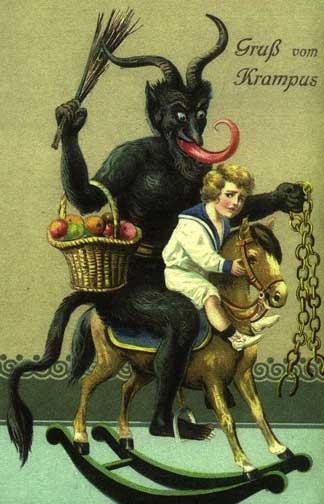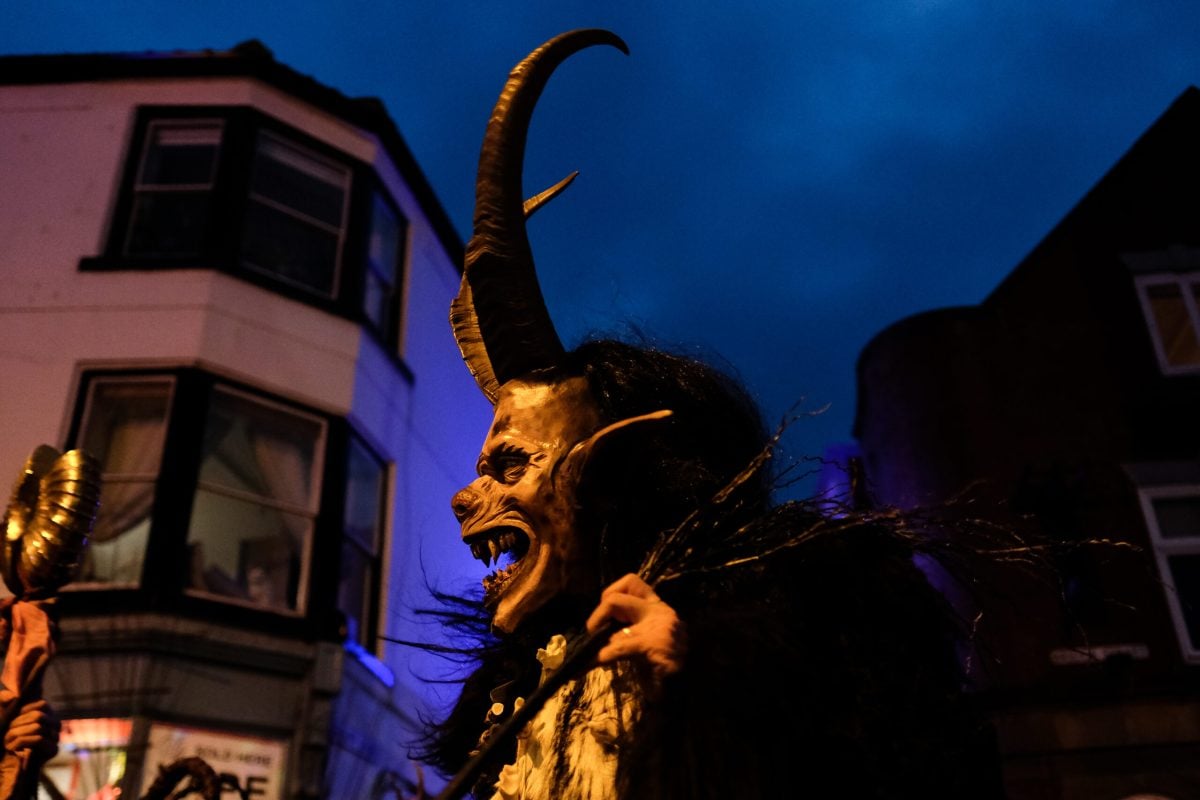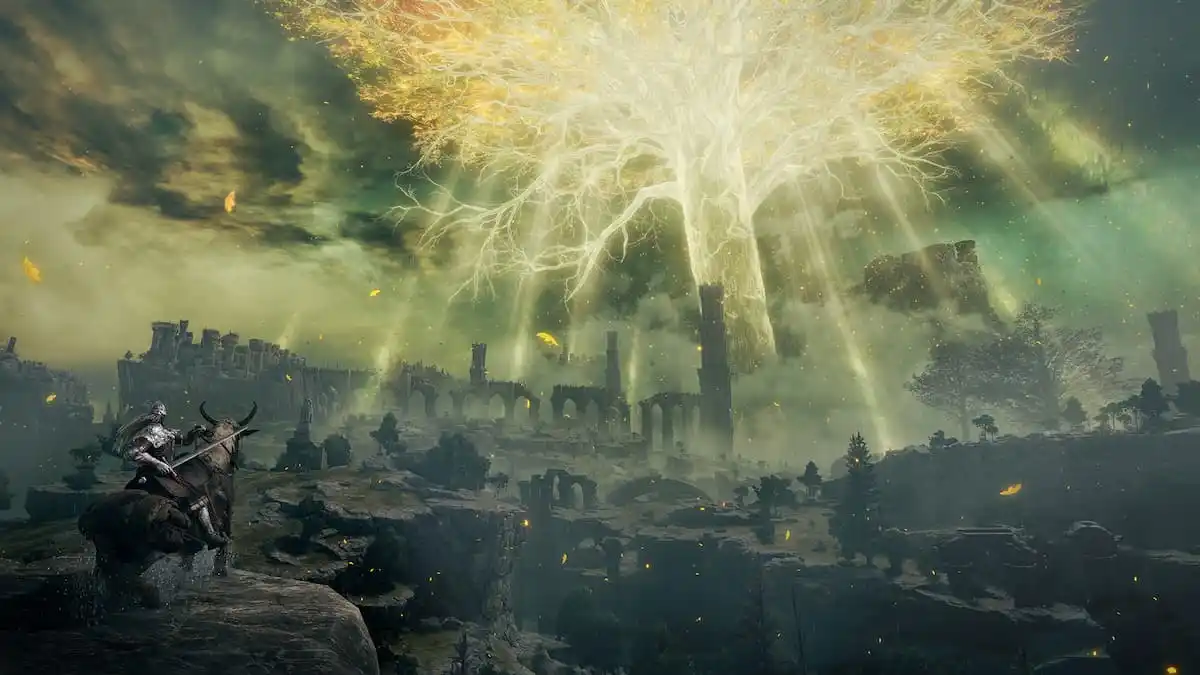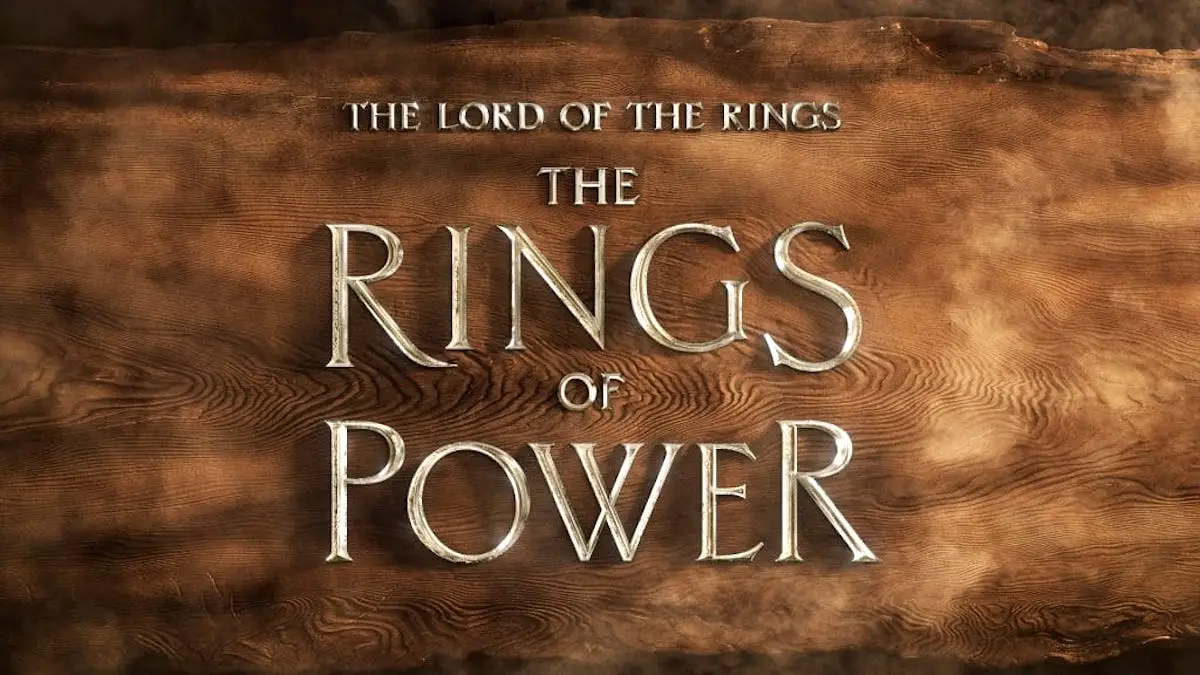It’s only a few more days until Jolly Old Saint Nick hops in his sleigh to dole out presents to good little children, but there are many other Yuletide characters that you very much don’t want creeping down your chimney. We’ve already explored some extremely creepy winter lore this month, but today I want to dig even deeper into the folklore about versions of Santa that aren’t so nice.
As Sam Winchester told us all those years ago in “A Very Supernatural Christmas” when they were hunting an old god with a taste for fruitcake and human flesh, “there’s some version of the anti-Claus in every culture.” So let’s dig in.
Before we get specific, let’s acknowledge that one theme is going to show up a lot here: paganism. That’s because Christmas, at least the good parts with the trees and presents and lights and candy, is pagan. It’s a mutation of old pagan winter solstice traditions, and for that reason, many of these darker versions of Santa are associated with pre-Christian traditions, figures like the Horned God and folk practices. That includes our first guest, Krampus.

Krampus is perhaps the most famous Anti-Claus. He’s so famous he got his own movie in 2015, but who is this strange character that looks more like a goblin than a nice old man with presents?
Krampus is Germanic in origin, with versions of his horned and very scary visage being found all around Germany, Austria, the Czech Republic, Hungary, Slovenia, and Slovakia. And yes, he’s probably a version of a pagan, God of the Norse/Germanic variety, with his name coming from the German krampen, which means “claw.” As you might guess, he’s associated with the underworld, what with all the stories about him showing up with a rusty chain to whip and catch children and drag them to the underworld.
Krampus has his night (Krampusnacht) on December 5th or 6th and it’s celebrated with parades and festivities of folks dressed as Krampus running through towns to frighten and delight children. He’ll whip them with birch switches too! And he’s certainly not alone in the Germanic creepy Christmas canon.
Also found in Germanic areas are various kinds of “Perchten,” a kind of Christmas devil. Among them is Frau Perchta, the “Christmas witch” who checks on whether the spinning is done and if the house is clean. While Krampus tends to show up around St. Nicholas eve in early December, scarring and scaring naughty children before nice St. Nick comes, Perchta and her Perchten ride out closer to Epiphany.
Much like Krampus is an interaction of an old god, Perchta is probably a version of an old Goddess. And both may be associated with the Wild Hunt, when the Gods ride out in the darker times of the year, including Odin himself, a bearded traveler who likes snow and maybe even gifts. And yes, a related version of the Perchten is our favorite, the Schnabelperchten. Yes, we’ve featured them before and we’ll do it again because they are amazing.
On Jan the 5th in the Rauris Valley, Austria, Schnabelperchten, strange beings with large beaks creep round homes checking they are clean. If they’re not, they slit your belly open with scissors and fill it with all the dirt #GothicAdvent #FolkloreThursdayhttps://t.co/iN1MaLflmh pic.twitter.com/ZV1uc3ba2K
— Folk Horror Revival (@folk_horror) December 10, 2020
Also among the Germanic anti-Clauses is Belsnickel. Now, if you’ve seen The Christmas Chronicles 2, you’ll recall the name of the naughty elf who tried to steal and ruin Christmas. But he’s based on a real legend as well. Like Krampus, he comes before Christmas, dressed in pelts and covered in dirt, to check on children and whip some of them. Belsnickel isn’t really as scary as Krampus, but he has a good name.
Some alternate Christmas traditions are under fire not for frightening children, but because they’re racist in their history and representation. Such is the case with Black Pete, a helper of Saint Nicholas in the Netherlands. Black Pete’s depictions, which usually involve someone in blackface, are racially insensitive and are best left in the past. There have been many demonstrations against depictions of the character in the Netherlands in recent years, and this activism seems to finally be making an impact.
There are all sorts of other Christmas figures that many in America were never exposed to, like Gryla and the Yule Cat in Iceland to the murderous Hans Trapp, another Germanic and French tale about a man who literally murders and butchers children. Hans is actually based on a real person who the Church was none-too-fond of. Similarly, there’s Père Fouettard, another servant of Santa, this time in France who likes to whip children and eat them.
The theme for most of these Anti-Clauses is not just that good children get presents at Christmas, it’s that naughty children can get whipped, stuffed with dirt, eaten, or carried off to the underworld. I’d definitely take a lump of coal over any of that. But I’m a little bit sad these stories aren’t as popular, because what better way to get a kid to clean their room and behave?
You better watch out …
(Image: Ian Forsyth/Getty Images)
Want more stories like this? Become a subscriber and support the site!
—The Mary Sue has a strict comment policy that forbids, but is not limited to, personal insults toward anyone, hate speech, and trolling.—










Published: Dec 22, 2020 02:12 pm